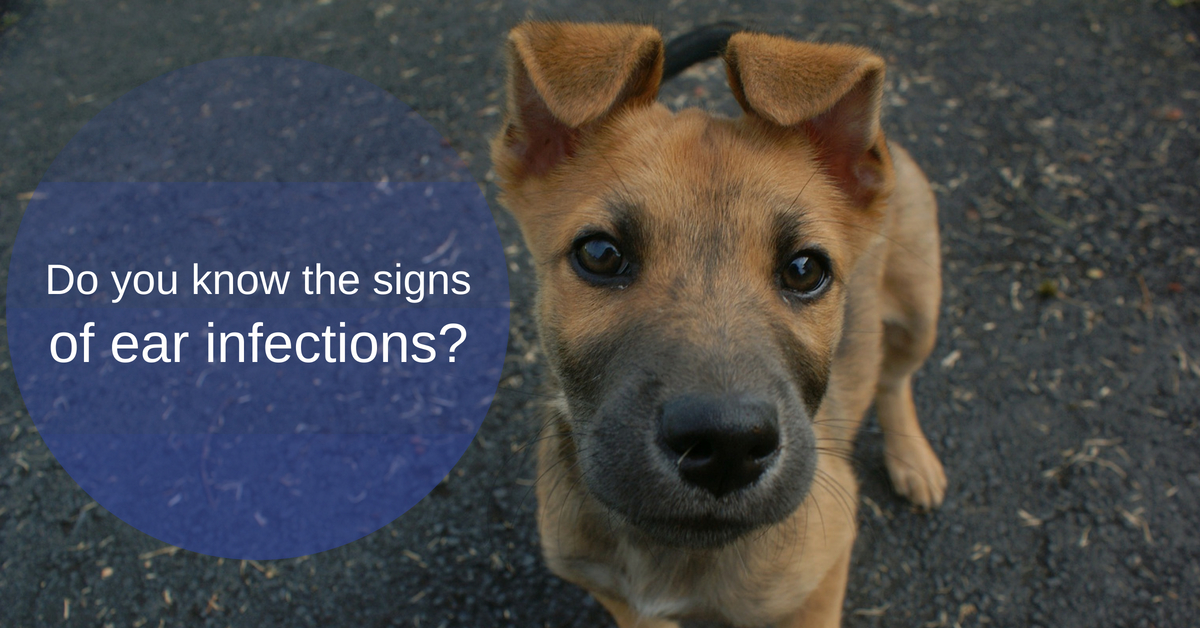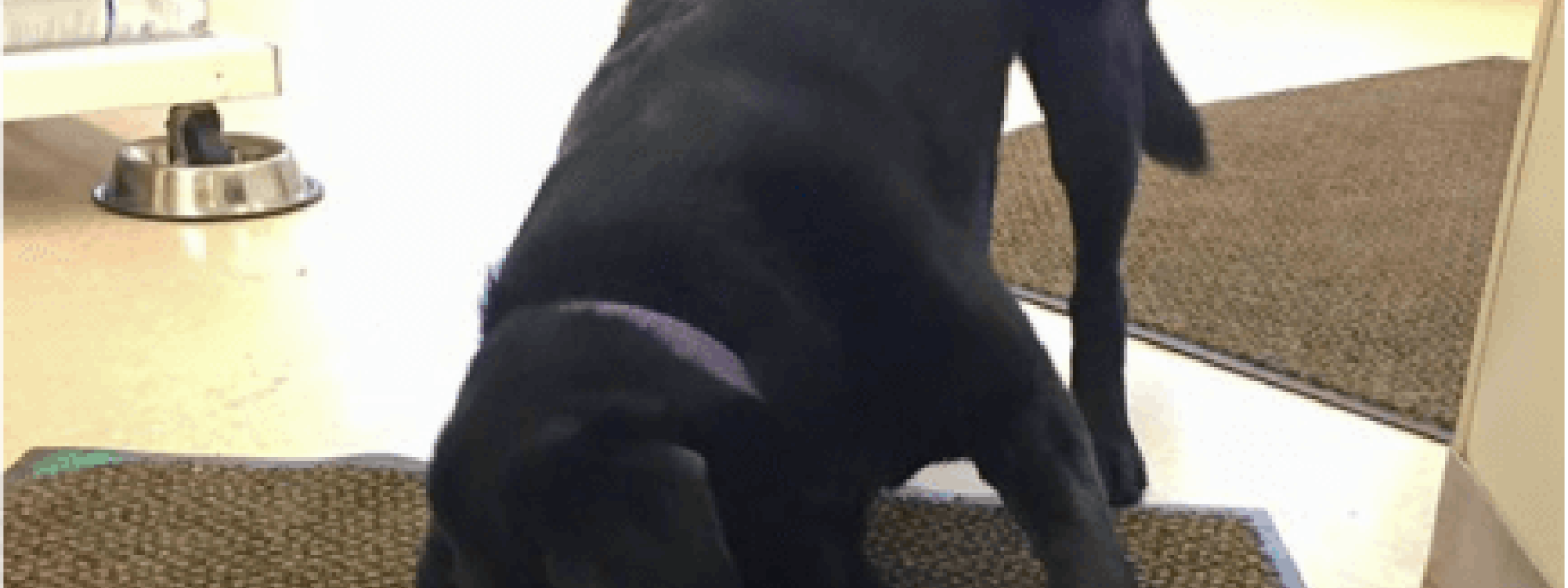The cause for most dog ear infections is either yeast or bacteria that’s trapped in the ears. Yet, ear mites, wax buildup, or allergies can also cause painful ear infections in dogs.
In just a moment, you’ll discover how to spot the usual symptoms of an ear infection, but first, did you know that some /services/dogsdogs are predisposed to frequent ear problems? For example, dogs with long ears like Basset Hounds are the “poster dog” of breeds that suffer with frequent ear infections. This is because their ears stay covered most of the time, so it’s an ideal breeding ground for bacteria - dark, warm, and moist.
However, any dogs with allergies or who swim a lot are also prone to ear infections. And you’ll see that chronic ear infections are a sign of a deeper problem and definitely something to explore with your veterinarian.
The Common Symptoms of Dog Ear Infections
Among the most common signs of dog ear infections are whining, shaking the head, and pawing at the ears. After all, those ears hurt and your dog is trying to stop the pain. As you inspect the ears, however, you may find they smell or have a discharge. That’s common with ear infections.
Typical symptoms include:
- Whining and shaking the head
- Pawing at the ears
- Odor
- Brown or yellowish discharge
- Redness
- Scabs or crusty ears
More extreme symptoms include hearing loss, loss of balance, and strange eye movements.
Ear infections are often signs of an underlying condition. “Allergies to ingredients in the pet’s food, or environmental triggers, like pollen, molds, and dust mites, are most common, but anatomical abnormalities, masses, foreign material within the ear, chronically damp ears, and hormonal disorders are also possible.” (Source)

3 Types of Canine Ear Infections
As veterinarians know, “There are three kinds of ear infections—otitis externa, media, and internal—affecting different parts of the canine ear. These are common conditions in dogs, especially those with floppy ears, such as Basset Hounds and Cocker Spaniels. It's estimated that about 20 percent of dogs have some form of ear disease...
Otitis externa means that the inflammation affects the layer of cells lining the outer or external portion of the ear canal. Otitis media and interna refer to infections of the middle and inner ear canal, and they are most often are a result of the spread of infection from the external ear. These more advanced cases can be very serious, and could lead to deafness, facial paralysis, or signs of vestibular disease, such as head tilting, circling, and lack of coordination. That's why it is important to prevent and seek early treatment for ear problems.” (Source)
Treating Your Dog’s Ear Infection(s)
The first step is cleaning the ear with a gentle cleanser; we'll recommend or dispense an appropriate product during your dog's appointment. In some cases, your veterinarian will need to sedate your dog and do this in-office as it may be painful for your dog. Generally, however, we'll demonstrate cleaning techniques -- and even help you practice -- so that you can do this at home.
“An effective way to clean the ear is to fill the ear canal with the cleaning solution, place an appropriate-sized cotton ball in the ear canal opening, then gently massage the ear at the base.
The cotton ball serves several functions. It acts as a lid to the allow the fluid to go back and forth in the canal, it absorbs the excess solution and it holds onto the debris as it comes up, letting you know what is down in the ear canal.
As long as your dog tolerates it, you can clean the ear several times until the cotton ball comes out fairly clean. There are a few cautions when cleaning a dog’s ear. Do not use Q-Tip swabs as they may push debris deeper into the ear canal and rupture the eardrum. Do not use rubbing alcohol or other  solutions that are irritating to inflamed skin (think of the skin inside the ear of a dog with an ear infection as a rash). After the ear canal has been cleaned, allow it to dry for approximately 10 minutes. Then instill the medication(s) your veterinarian has prescribed (medicated ointment or drops). The length of treatment depends on the patient, severity of infection, and any changes to the ear (i.e., thickening of the tissue in the ear). In some cases oral medications are necessary (antibiotics, anti-yeast, anti-inflammatory). Your veterinarian will schedule rechecks to make sure the medications are working and the infection is cleared.” (Source)
solutions that are irritating to inflamed skin (think of the skin inside the ear of a dog with an ear infection as a rash). After the ear canal has been cleaned, allow it to dry for approximately 10 minutes. Then instill the medication(s) your veterinarian has prescribed (medicated ointment or drops). The length of treatment depends on the patient, severity of infection, and any changes to the ear (i.e., thickening of the tissue in the ear). In some cases oral medications are necessary (antibiotics, anti-yeast, anti-inflammatory). Your veterinarian will schedule rechecks to make sure the medications are working and the infection is cleared.” (Source)
Chronic Ear Infections and Allergies
If your dog is prone to chronic ear infections, then you’ll want to discover the cause so that you can prevent them. In some cases, regular cleaning once or twice a week clears up the problem while in others, it’s not so simple. In these latter cases, it often turns out to be allergy-related. Your dog may have environmental allergies, such as to pollen, or food-related allergies, such as to chicken, soy, or beef. We'll work with you; as a team our goal will be to track down allergens and provide your precious pup with relief.
If you have any concerns about your dog's ears, please contact us. Breed disposition, lifestyle, and allergies can all contribute to the development of ear infections, and we're here to help you with both treatment and prevention.

